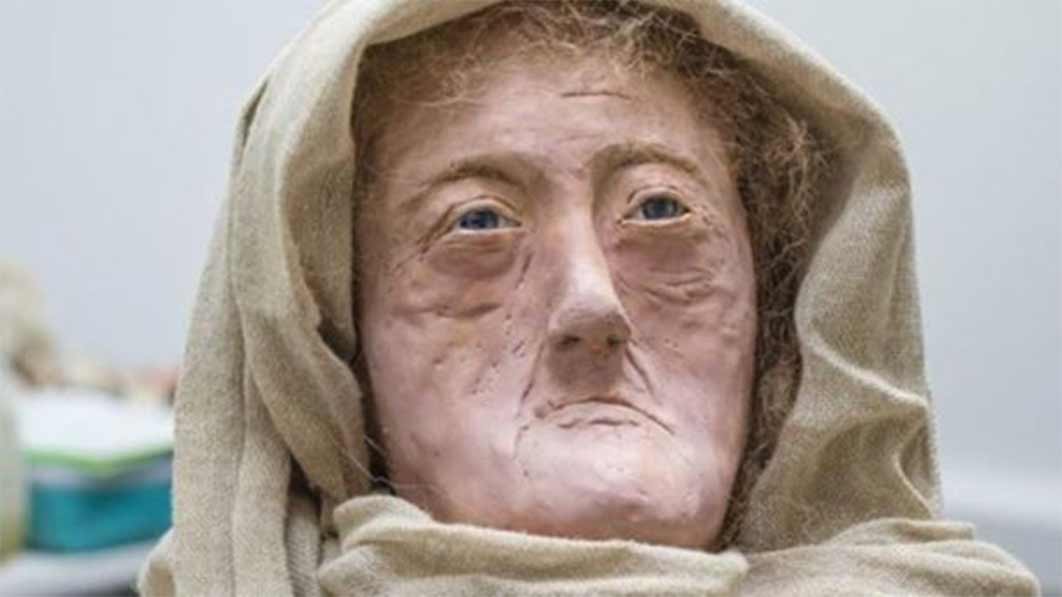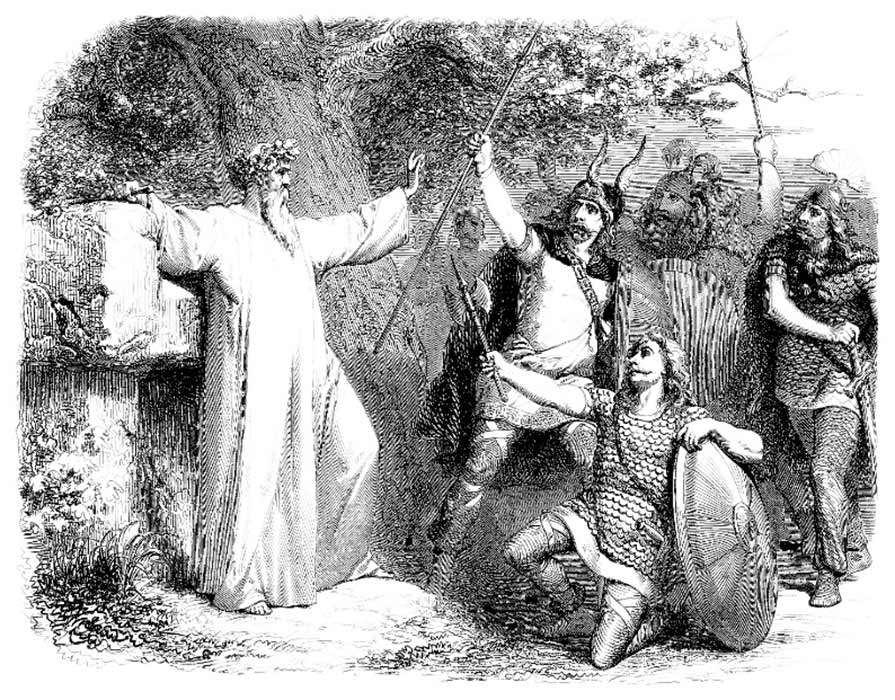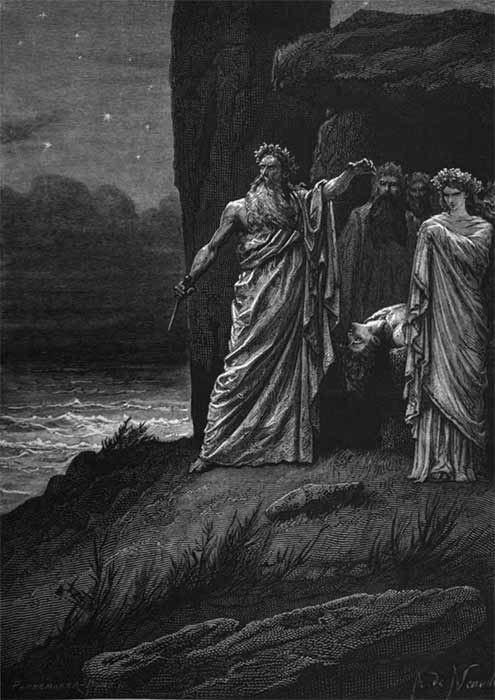
Bandrui And Banflaith The Druidesses Of Yore
A woman's face, dubbed Hilda, was reconstructed from an ancient skull housed in The University of Edinburgh's Anatomical Museum. Hilda lived between 55 BC and 400 AD and was of Celtic origin. She was probably more than 60 years old when she died, nearly double the life expectancy of the time, as a female's life expectancy in her era was roughly 31 years. Having a long life during the Iron Age indicates a privileged background. Hilda's was one of the six ‘Druids of the Hebrides’ skulls presented to the Edinburgh Phrenological Society in 1833. Therefore, Hilda was most likely a female druid.

The wax model of 60 year-old “Druid of the Hebrides” produced by Karen Flemming. ( University of Dundee )
Druids’ Role In Society
Poets and prophets, astrologers and astronomers, seers, magicians, and diviners were usually comprised of druids. It was the druid who remembered the tribal histories and genealogies. Druids were also the ones who memorized the laws. They served as diplomats, lawyers, judges, herbalists, healers, and battle magicians. Among them were also satirists, sacred singers, storytellers, nobility children's teachers, ritualists, astronomers, philosophers, natural scientists, and mathematicians. Being a druid meant serving a whole tribe. No king or queen could function without the assistance of a druid, because the druid knew the laws and precedents upon which the ruler could not pass judgement.

Druid and warriors ( Erica Guilane-Nachez/ Adobe Stock)
Female druids, or druidesses, are referred to by a variety of terms. Bandrui (woman-druid) is mentioned in Medieval Irish folklore. Conchobor Mac Nessa, the king of Ulster in Irish mythology's Ulster Cycle, was most likely named after his mother, Nessa, rather than his father. Nessa was a druidess. Scathach, a legendary Scottish warrior woman and martial arts instructor who trained the legendary Ulster hero Cú Chulainn in the arts of combat, is explicitly referred to as a flaith (prophetess) as well as a druid. There are also the banflaith (sometimes banfili), or women poets, most notably Fedelm, a female prophet and banflaith in the Ulster Cycle. She appears in the great epic Táin Bó Cuailnge (colloquially known as The Cattle Raid of Cooley or the Táin).

The last druids by Alphonse de Neuville, depicting human sacrifice (1872) - Harvard College Library (Public Domain)
Roman Vilification Of Druids
By the first century AD, the Romans were actively and deliberately annihilating the druids, who were the intellectual elite, nobility advisors, and the glue that held the kingdoms of Briton together. According to Roman propaganda campaigns, the druids were the perpetrators of savage superstition and horrific human sacrifice. Druidesses in particular were described as independent seers rather than powerful royal advisors and clergy. A policy of deliberate extermination of the druids was implemented, culminating in the terrifying slaughter of the druids at Angelsey in 60 AD.




